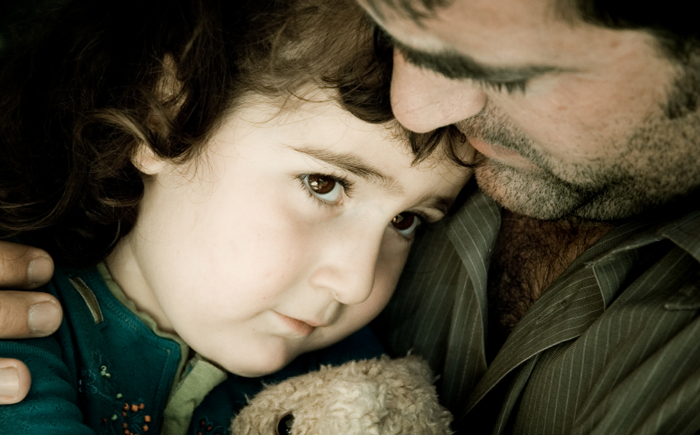
Anyone who participated in the “Culture Shock in Preschool Children” workshop at last year’s Ontario Professional Development Conference for LINC Caregivers could see that Julie Dotsch is a true visionary in the Caring for Newcomer Children field.
Julie started her work as the supervisor of a nursery at Ontario Welcome House (OWH). OWH opened its doors in 1973 as a pilot project through the Ministry of Citizenship and Culture, and was the first hub model that housed all settlement services, language classes, orientation and citizenship training under one roof.
In her work with OWH, Julie quickly identified a gap in the information and research available on newcomer children under the age of five, and how best to support them. It wasn’t long before Julie’s work branched out into research and technologies for Ontario wide newcomer programs.
Since that time, Julie has developed her own consulting business called One World. Over the years, she has worked on projects with a variety of Ontario universities and colleges, hospitals and community organizations, as well as Citizenship and Immigration Canada (CIC) and the Ontario government.
Her genuine passion and caring for newcomer children and their families came through loud and clear in conversation with her recently. Julie’s expertise in areas such as culture shock, second language learning, cultural adaptation, successful separations and strategies for helping young newcomer children in their transition has been developed over years of research and experience.
Julie gave a gentle reminder that “it’s not just separation anxiety that these children are suffering from, it‘s culture shock and often trauma.” She talked about the importance of partnering with the family to ease the transition into care.
Over the years, Julie has developed techniques and a method that includes welcoming the parent and child into the program, and encouraging the parent to sit down and engage the child with an activity or toy.
“If the parent feels comfortable and welcome, the child will automatically feel more at ease. It is so helpful and good if you can get the parent to sit down on the carpet and play with their child,” Julie told me.
Julie suggests that caregivers keep a slight distance in this initial phase, observing how the parent interacts and comforts the child, and taking baby steps towards interacting directly with the child. She points out that first interactions should be from a safe distance, possibly through parallel play, or rolling a ball or truck to the child to see how they react. Julie likes to remind caregivers that depending on the child’s response, they must either back off again, or continue to engage.
Julie strongly believes in allowing the newcomer child to direct and control interactions with the new caregiver, and in the importance of having a consistent caregiver assigned to a new child as they transition.
She suggests that parents stay for the first day, but start to interact less as the day goes on. Caregivers start to gradually interact more, and as far as Julie is concerned, the child is the perfect barometer for when to initiate the first separation from a parent.
“When the child is able to play for five minutes without looking for their parent AND is able to tolerate some interaction with caregiver, then it’s time to try the first separation,” Julie says.
Julie believes that ten minutes is a good length of time for an initial separation between parent and child. The parent can tell the child that they are going to the washroom and that they will return soon – and Julie reminded participants of how important it is for the parent to really go if they say they’re going!
Some of Julie’s suggestions for a successful separation include staying close to the door with the child, and showing empathy through actions, animation, sounds and very little speech. It can be helpful to learn the word for mama in the child’s home language, but otherwise use as little language as possible at first. Engaging the child with genuine empathy and sounds is far less foreign and welcoming.
Julie warns against a “cold turkey” approach to separation from parents. There can be a long list of risks associated for the child, including lack of confidence, trust, and general involvement.
For more information on Julie’s research and ideas, you can view two of her documents online:






